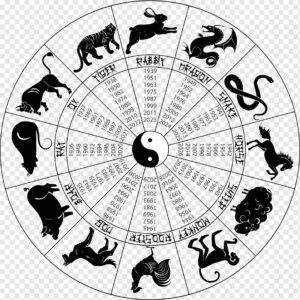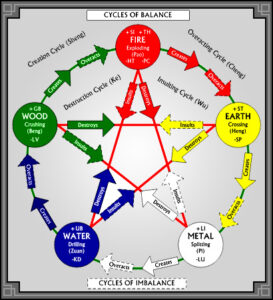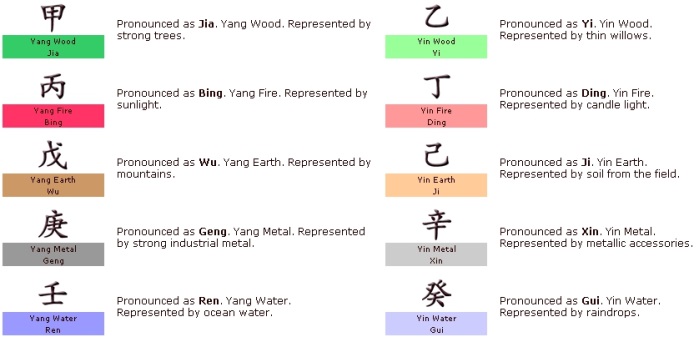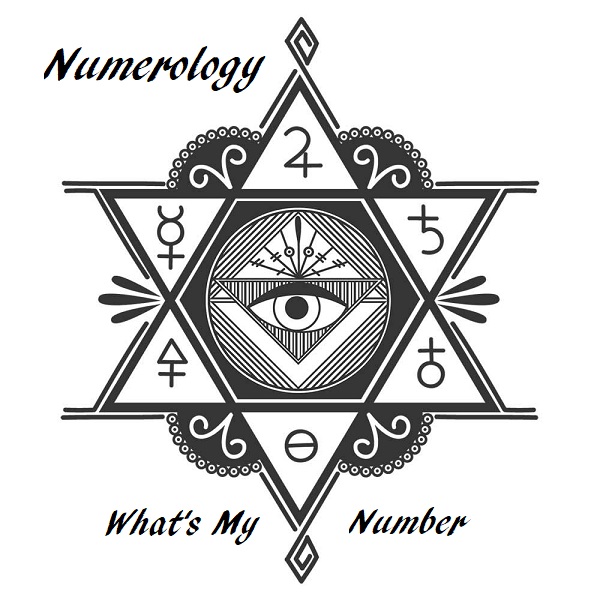Chinese Astrology
Chinese Astrology: An Introduction to the Ancient Art of Divination
Chinese astrology is a fascinating and complex system of predicting one’s fate and personality based on the lunar calendar, the five elements, and the 12 animal signs. Unlike Western astrology, which is based on the movement of the sun and the planets through the zodiac constellations, Chinese astrology is more concerned with the cycles of time and the relationship between humans and nature.
The 12 Animal Signs

The most popular and widely known aspect of Chinese astrology is the 12 animal signs, which are derived from the 12 Earthly Branches, a system of symbols used to mark time. Each animal sign corresponds to a year in a 12-year cycle, and is associated with certain characteristics, strengths, weaknesses, and compatibilities. The 12 animal signs are: Rat, Ox, Tiger, Rabbit, Dragon, Snake, Horse, Goat (or Sheep), Monkey, Rooster, Dog, and Pig. The animal sign of a person is determined by their birth year according to the Chinese lunar calendar, which usually starts in late January or early February of the Gregorian calendar.
Chinese Astrology Origins

The origins of Chinese astrology can be traced back to the Han Dynasty (206 BC – 220 AD), when astronomers observed the patterns of the stars and planets and correlated them with events on Earth. They believed that the celestial phenomena were manifestations of Heaven’s will, and that by studying them, they could foretell fortunes and disasters. Chinese astrology was also influenced by the concepts of yin and yang, the two opposing forces that balance each other in nature, and wuxing, the five phases or elements that represent different aspects of reality: wood, fire, earth, metal, and water.
The 10 Heavenly Stems

However, Chinese astrology is much more than just the animal signs. It also considers the 10 Heavenly Stems, another system of symbols used to mark time. The 10 Heavenly Stems are related to the five elements and yin and yang, creating a cycle of 60 combinations that repeat every 60 years. Each Heavenly Stem is paired with an Earthly Branch to form a pillar that represents a year, a month, a day, or an hour. By analysing these four pillars of a person’s birth date and time, a Chinese astrologer can reveal their destiny and personality in great detail.
Chinese astrology also incorporates other factors such as the lunar mansions (28 constellations that divide the ecliptic), the solar terms (24 points that mark the seasons), the Feng Shui (the art of harmonizing with one’s environment), and the I Ching (the book of changes that offers guidance through hexagrams). These elements add more layers and nuances to the interpretation of one’s horoscope.
Conclusion
Chinese astrology is a rich and profound system that reflects the wisdom and culture of China. It offers insights into one’s self-knowledge, potential, relationships, career, health, and luck. By understanding the influences of Heaven and Earth on one’s life path, one can make better choices and achieve harmony and happiness.
